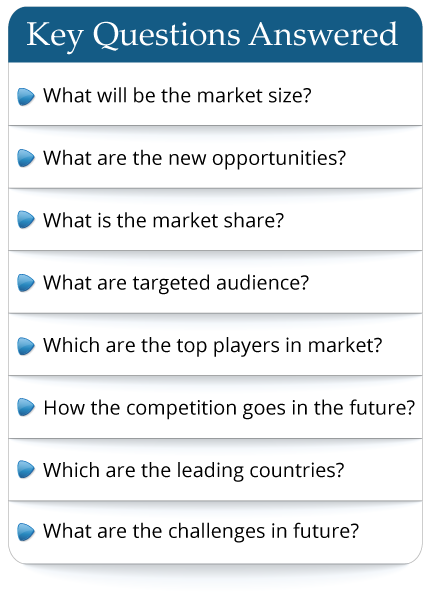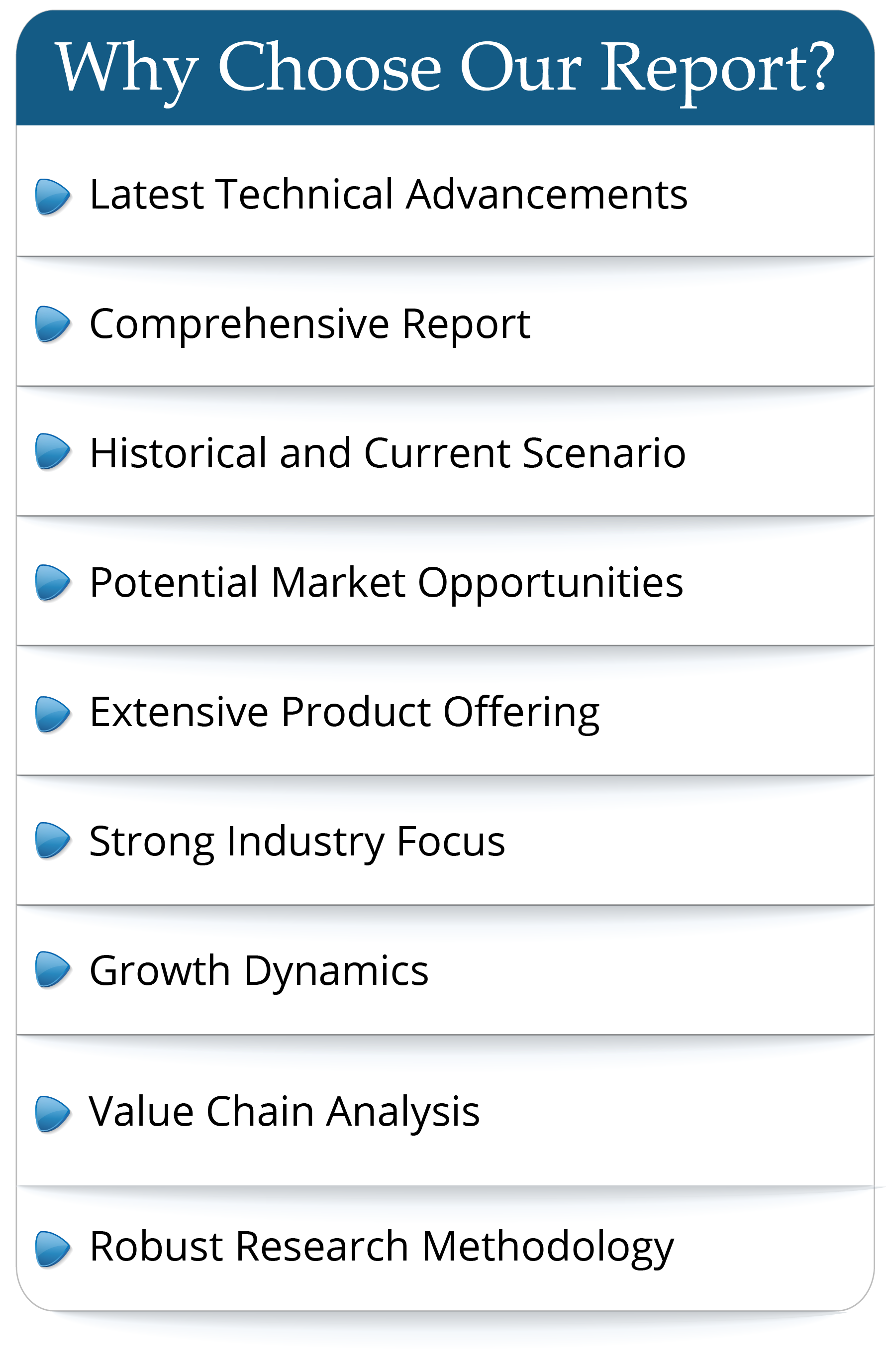One needle will slowly remove blood and transfer it to a machine called a dialyser or dialysis machine. The dialysis machine is made up of a series of membranes that act as filters and a special liquid called dialysate. The membranes filter waste products from your blood, which are passed into the dialysate fluid.
The global Dialysis Instrument market was valued at US$ 632 million in 2023 and is anticipated to reach US$ 888.4 million by 2030, witnessing a CAGR of 5.7% during the forecast period 2024-2030.
The rising prevalence of chronic kidney diseases (CKD) and end-stage renal disease (ESRD) is a key driver for the dialysis instrument market. Factors such as aging populations, unhealthy lifestyles, and the growing number of diabetes and hypertension cases contribute to the increasing burden of kidney diseases. Dialysis instruments are essential for the treatment of ESRD patients, driving the demand for these devices. Continuous technological advancements in dialysis instruments have improved treatment outcomes and patient comfort. Innovations such as hemodialysis machines with automated features, improved membrane materials, and wearable or portable dialysis devices have enhanced the efficiency and convenience of dialysis treatments. These advancements attract investments in the market and drive its growth. Reimbursement policies and health insurance coverage play a crucial role in the growth of the dialysis instrument market. In many countries, governments or insurance providers cover a significant portion of dialysis treatment costs, making it more accessible and affordable for patients. Favorable reimbursement policies encourage the use of dialysis instruments and contribute to market growth. The aging population worldwide is a significant driver for the dialysis instrument market. As individuals age, the risk of developing kidney diseases and complications increases. The elderly population often requires dialysis treatments to manage their kidney function. As the global elderly population expands, so does the demand for dialysis instruments and services. Investments in healthcare infrastructure, particularly in emerging economies, contribute to the growth of the dialysis instrument market. Improved access to healthcare facilities, increased availability of dialysis centers, and the adoption of advanced medical technologies drive the demand for dialysis instruments. These investments support market expansion, particularly in regions with a high burden of kidney diseases. Increasing awareness about kidney health and the importance of early detection and treatment of kidney diseases contribute to the growth of the dialysis instrument market. Public awareness campaigns, educational initiatives, and healthcare provider efforts to promote kidney health drive the demand for dialysis instruments by encouraging early diagnosis and timely treatment.
This report aims to provide a comprehensive presentation of the global market for Dialysis Instrument, with both quantitative and qualitative analysis, to help readers develop business/growth strategies, assess the market competitive situation, analyze their position in the current marketplace, and make informed business decisions regarding Dialysis Instrument.
Report Scope
The Dialysis Instrument market size, estimations, and forecasts are provided in terms of sales volume (K Units) and revenue ($ millions), considering 2023 as the base year, with history and forecast data for the period from 2019 to 2030. This report segments the global Dialysis Instrument market comprehensively. Regional market sizes, concerning products by Type, by Application, and by players, are also provided.
For a more in-depth understanding of the market, the report provides profiles of the competitive landscape, key competitors, and their respective market ranks. The report also discusses technological trends and new product developments.
The report will help the Dialysis Instrument manufacturers, new entrants, and industry chain related companies in this market with information on the revenues, sales volume, and average price for the overall market and the sub-segments across the different segments, by company, by Type, by Application, and by regions.
Market Segmentation
By Company
Nipro
Toray
Baxter
DaVita
Fresenius
B.Braum
Allmed Medical
AmeriWater
Asahi Kasei Medical Co.
Biolight Co.,Ltd
Dialife SA
ESCO Medicon
Baxter International
Landwind Medical
NxStage Medical
Outset Medical
SWS Hemodialysis Care Co.,Ltd
Weilisheng(Wesley) Biotech
Segment by Type
In-center Hemodialysis
Home Hemodialysis
Peritoneal Dialysis
Segment by Application
Hospital
Clinic
Consumption by Region
North America
U.S.
Canada
Europe
Germany
France
U.K.
Italy
Russia
Asia-Pacific
China
Japan
South Korea
India
Australia
Taiwan
Indonesia
Thailand
Malaysia
Philippines
Vietnam
Latin America
Mexico
Brazil
Argentina
Middle East & Africa
Turkey
Saudi Arabia
U.A.E
Chapter Outline
Chapter 1: Introduces the report scope of the report, executive summary of different market segments (by region, by Type, by Application, etc), including the market size of each market segment, future development potential, and so on. It offers a high-level view of the current state of the market and its likely evolution in the short to mid-term, and long term.
Chapter 2: Detailed analysis of Dialysis Instrument manufacturers competitive landscape, price, sales and revenue market share, latest development plan, merger, and acquisition information, etc.
Chapter 3: Sales, revenue of Dialysis Instrument in regional level and country level. It provides a quantitative analysis of the market size and development potential of each region and its main countries and introduces the market development, future development prospects, market space, and market size of each country in the world.
Chapter 4: Provides the analysis of various market segments by Type, covering the market size and development potential of each market segment, to help readers find the blue ocean market in different market segments.
Chapter 5: Provides the analysis of various market segments by Application, covering the market size and development potential of each market segment, to help readers find the blue ocean market in different downstream markets.
Chapter 6: Provides profiles of key players, introducing the basic situation of the main companies in the market in detail, including product sales, revenue, price, gross margin, product introduction, recent development, etc.
Chapter 7: Analysis of industrial chain, including the upstream and downstream of the industry.
Chapter 8: Introduces the market dynamics, latest developments of the market, the driving factors and restrictive factors of the market, the challenges and risks faced by manufacturers in the industry, and the analysis of relevant policies in the industry.
Chapter 9: The main points and conclusions of the report.
The global Dialysis Instrument market was valued at US$ 632 million in 2023 and is anticipated to reach US$ 888.4 million by 2030, witnessing a CAGR of 5.7% during the forecast period 2024-2030.
The rising prevalence of chronic kidney diseases (CKD) and end-stage renal disease (ESRD) is a key driver for the dialysis instrument market. Factors such as aging populations, unhealthy lifestyles, and the growing number of diabetes and hypertension cases contribute to the increasing burden of kidney diseases. Dialysis instruments are essential for the treatment of ESRD patients, driving the demand for these devices. Continuous technological advancements in dialysis instruments have improved treatment outcomes and patient comfort. Innovations such as hemodialysis machines with automated features, improved membrane materials, and wearable or portable dialysis devices have enhanced the efficiency and convenience of dialysis treatments. These advancements attract investments in the market and drive its growth. Reimbursement policies and health insurance coverage play a crucial role in the growth of the dialysis instrument market. In many countries, governments or insurance providers cover a significant portion of dialysis treatment costs, making it more accessible and affordable for patients. Favorable reimbursement policies encourage the use of dialysis instruments and contribute to market growth. The aging population worldwide is a significant driver for the dialysis instrument market. As individuals age, the risk of developing kidney diseases and complications increases. The elderly population often requires dialysis treatments to manage their kidney function. As the global elderly population expands, so does the demand for dialysis instruments and services. Investments in healthcare infrastructure, particularly in emerging economies, contribute to the growth of the dialysis instrument market. Improved access to healthcare facilities, increased availability of dialysis centers, and the adoption of advanced medical technologies drive the demand for dialysis instruments. These investments support market expansion, particularly in regions with a high burden of kidney diseases. Increasing awareness about kidney health and the importance of early detection and treatment of kidney diseases contribute to the growth of the dialysis instrument market. Public awareness campaigns, educational initiatives, and healthcare provider efforts to promote kidney health drive the demand for dialysis instruments by encouraging early diagnosis and timely treatment.
This report aims to provide a comprehensive presentation of the global market for Dialysis Instrument, with both quantitative and qualitative analysis, to help readers develop business/growth strategies, assess the market competitive situation, analyze their position in the current marketplace, and make informed business decisions regarding Dialysis Instrument.
Report Scope
The Dialysis Instrument market size, estimations, and forecasts are provided in terms of sales volume (K Units) and revenue ($ millions), considering 2023 as the base year, with history and forecast data for the period from 2019 to 2030. This report segments the global Dialysis Instrument market comprehensively. Regional market sizes, concerning products by Type, by Application, and by players, are also provided.
For a more in-depth understanding of the market, the report provides profiles of the competitive landscape, key competitors, and their respective market ranks. The report also discusses technological trends and new product developments.
The report will help the Dialysis Instrument manufacturers, new entrants, and industry chain related companies in this market with information on the revenues, sales volume, and average price for the overall market and the sub-segments across the different segments, by company, by Type, by Application, and by regions.
Market Segmentation
By Company
Nipro
Toray
Baxter
DaVita
Fresenius
B.Braum
Allmed Medical
AmeriWater
Asahi Kasei Medical Co.
Biolight Co.,Ltd
Dialife SA
ESCO Medicon
Baxter International
Landwind Medical
NxStage Medical
Outset Medical
SWS Hemodialysis Care Co.,Ltd
Weilisheng(Wesley) Biotech
Segment by Type
In-center Hemodialysis
Home Hemodialysis
Peritoneal Dialysis
Segment by Application
Hospital
Clinic
Consumption by Region
North America
U.S.
Canada
Europe
Germany
France
U.K.
Italy
Russia
Asia-Pacific
China
Japan
South Korea
India
Australia
Taiwan
Indonesia
Thailand
Malaysia
Philippines
Vietnam
Latin America
Mexico
Brazil
Argentina
Middle East & Africa
Turkey
Saudi Arabia
U.A.E
Chapter Outline
Chapter 1: Introduces the report scope of the report, executive summary of different market segments (by region, by Type, by Application, etc), including the market size of each market segment, future development potential, and so on. It offers a high-level view of the current state of the market and its likely evolution in the short to mid-term, and long term.
Chapter 2: Detailed analysis of Dialysis Instrument manufacturers competitive landscape, price, sales and revenue market share, latest development plan, merger, and acquisition information, etc.
Chapter 3: Sales, revenue of Dialysis Instrument in regional level and country level. It provides a quantitative analysis of the market size and development potential of each region and its main countries and introduces the market development, future development prospects, market space, and market size of each country in the world.
Chapter 4: Provides the analysis of various market segments by Type, covering the market size and development potential of each market segment, to help readers find the blue ocean market in different market segments.
Chapter 5: Provides the analysis of various market segments by Application, covering the market size and development potential of each market segment, to help readers find the blue ocean market in different downstream markets.
Chapter 6: Provides profiles of key players, introducing the basic situation of the main companies in the market in detail, including product sales, revenue, price, gross margin, product introduction, recent development, etc.
Chapter 7: Analysis of industrial chain, including the upstream and downstream of the industry.
Chapter 8: Introduces the market dynamics, latest developments of the market, the driving factors and restrictive factors of the market, the challenges and risks faced by manufacturers in the industry, and the analysis of relevant policies in the industry.
Chapter 9: The main points and conclusions of the report.
Frequently Asked Questions
This market study covers the global and regional market with an
in-depth analysis of the
overall growth prospects...
- By product type
- By End User/Applications
- By Technology
- By Region
The report provides a detailed evaluation of the market by
highlighting information on
different aspects including drivers, restraints...

 Pre-order Enquiry
Pre-order Enquiry Download Free Sample
Download Free Sample












